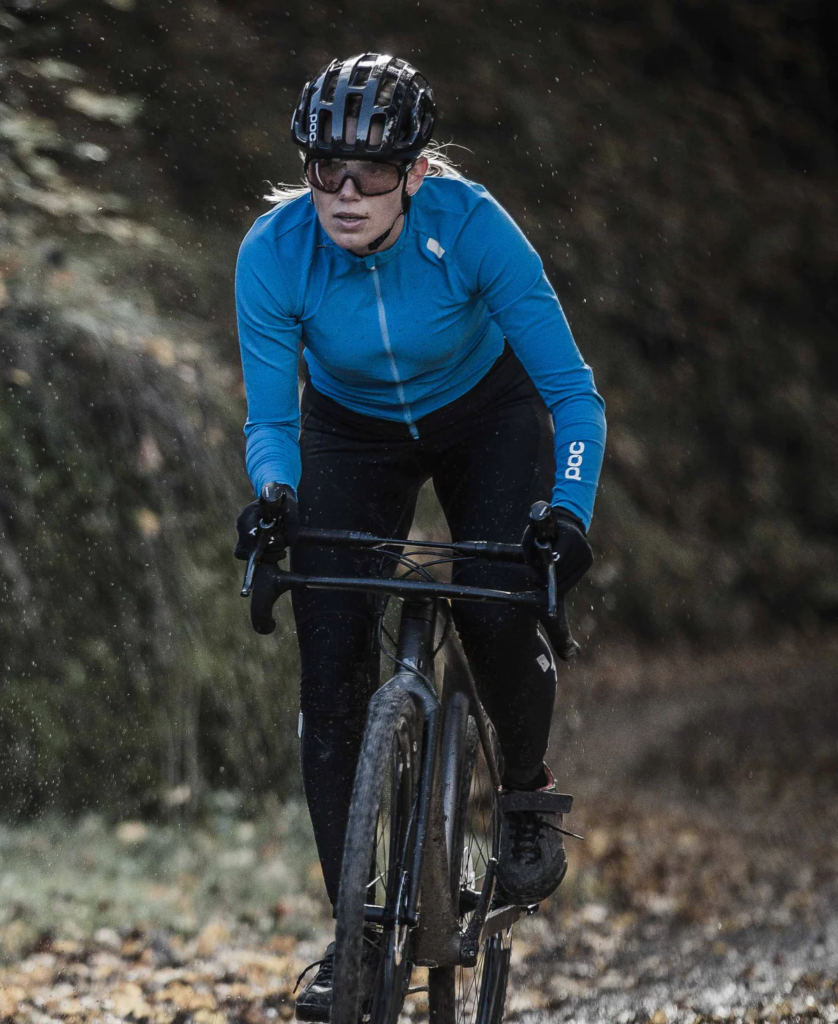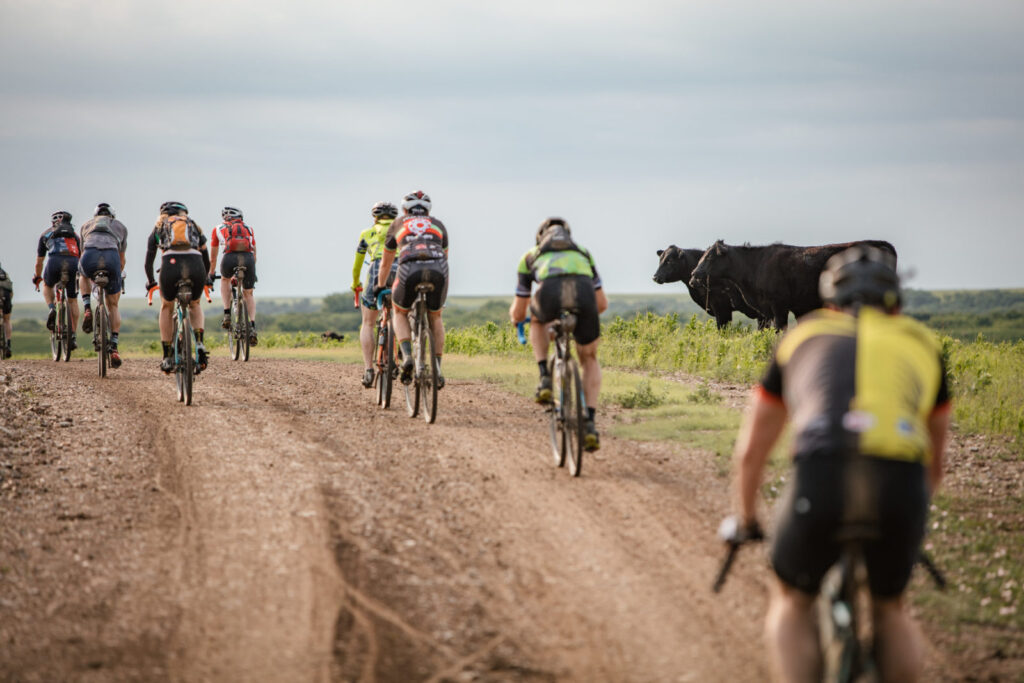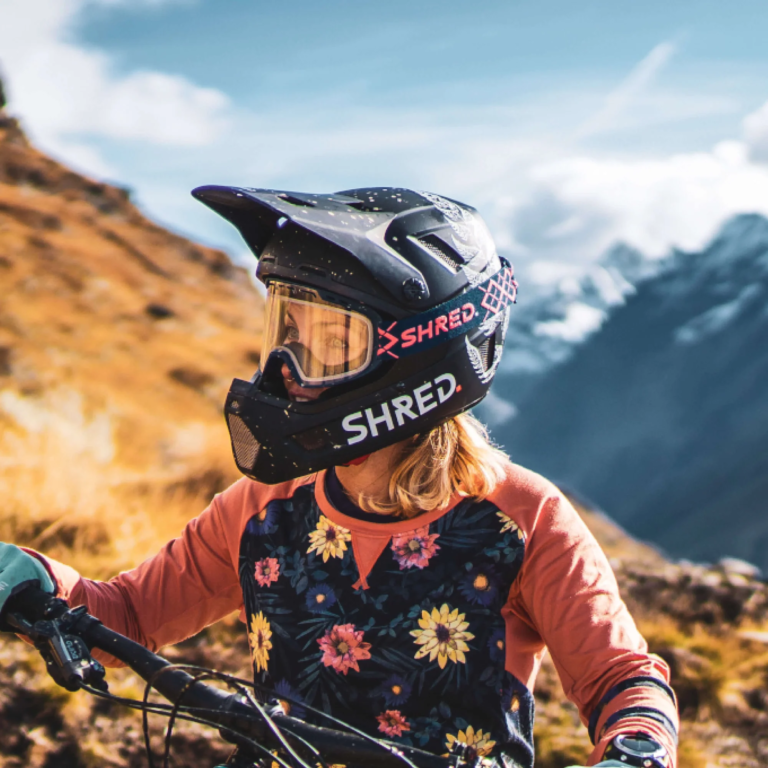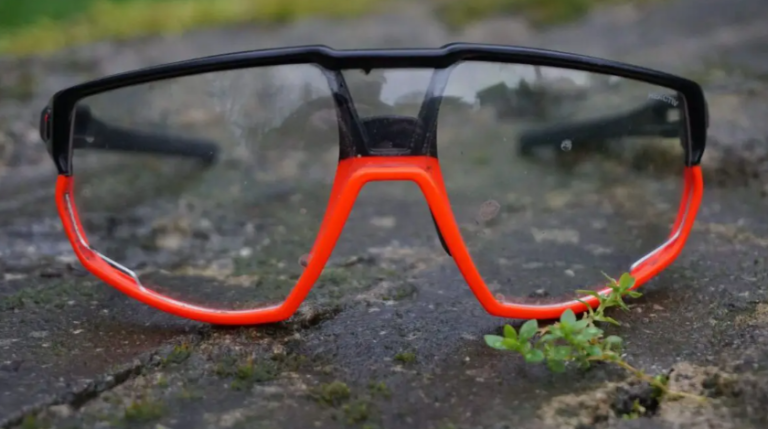How to Choose a Gravel Bike Helmet: A Comprehensive Guide for Safety, Comfort, and Performance on the Trails

Key Point Summary of How to Choose a Gravel Bike Helmet:
- Helmet Safety Standards: Ensuring your gravel bike helmet meets essential safety standards.
- Comfort and Fit: Importance of selecting a helmet that fits well and is comfortable for long rides.
- Features for Gravel Biking: Specific helmet features suitable for gravel biking.
As a master cyclist with extensive experience in various cycling disciplines, including gravel biking, I understand the importance of choosing the right helmet. It’s not just a safety gear but a crucial part of your gravel biking kit.
Helmet Safety Standards
When it comes to safety standards for gravel bike helmets, look for certifications like CPSC (Consumer Product Safety Commission) in the US, CE in Europe, or AS/NZS in Australia and New Zealand. These standards ensure the helmet has passed rigorous testing for impact absorption, strap strength, and coverage area. For instance, a helmet that saved me in a crash had MIPS (Multi-directional Impact Protection System) technology, which adds an extra layer of safety by reducing rotational forces on the brain in certain impacts.

Comfort and Fit
A good helmet should fit snugly without being too tight. Look for adjustable straps and retention systems for a secure fit. Remember, a comfortable helmet is one you’ll wear consistently. On long gravel rides, I’ve appreciated helmets with good ventilation and adjustability.
Several gravel bike helmets are highly rated for their comfort and fit:
- Giro Aether MIPS: Known for its exceptional comfort, ventilation, and MIPS technology for added safety.
- Bell Z20 MIPS: Offers a snug fit with adjustable retention systems and MIPS for impact protection.
- POC Octal X SPIN: Provides great comfort and ventilation, with POC’s SPIN technology for rotational impact protection. If you prefer the MIPS version, we’ve rated the POC Octal MIPS at Cyclists Authority.
- Kask Protone Icon: Features a sleek design, excellent comfort, and effective ventilation.
- Smith Trace MIPS: Known for its comfortable fit and MIPS technology.
- Lazer Century MIPS: Offers an adjustable fit system and MIPS for safety.
These helmets prioritize both comfort and safety, making them popular choices among gravel cyclists. Don’t forget to measure your bicycle helmet before making a selection. Understanding the right size is crucial for comfort and safety. We provide a comprehensive guide on How to Measure Your Bicycle Helmet. It’s an excellent resource to consult before embarking on your quest for the perfect fit. Proper sizing ensures that your helmet not only offers maximum comfort but also provides the best protection on your gravel biking adventures.
Features for Gravel Biking
Consider helmets with additional features like visors, which are useful for sun and debris protection. Some helmets come with integrated light mounts or enhanced coverage for off-road conditions – a feature that came in handy during my off-road adventures.
Gravel biking helmets often come with features tailored to the sport’s unique needs. Look for:
- Extended Coverage: More coverage at the back and sides compared to road helmets, offering extra protection on uneven terrain.
- Visor: Helpful for shielding eyes from sun, rain, and debris. Adjustable or removable visors offer versatility.
- Ventilation: Good airflow is crucial. Even on cooler off-road trails, a well-ventilated helmet keeps you comfortable.
- Mounts for Accessories: Some helmets have mounts for lights or cameras, useful for adventure rides or documenting your journey.
By considering these standards and features, you can ensure your helmet choice enhances your gravel biking experience safely and comfortably. We’ve meticulously rated and ranked a list of the Best Bike Helmets, featuring brands previously mentioned. This carefully curated ranking considers factors like comfort, durability, quality of materials, and overall performance, specifically tailored to gravel biking needs. It’s a detailed guide designed to assist riders in selecting a helmet that aligns with their unique gravel biking requirements and preferences. This resource is invaluable for anyone seeking to enhance their gravel biking experience with an upgraded helmet.
FAQ
What helmet do you wear on a gravel bike?
I wear the Giro Aether MIPS helmet when riding my gravel bike. It provides excellent comfort and safety with its MIPS technology and offers efficient ventilation, making it ideal for long gravel rides.
What is the difference between road and gravel helmets?
Road and gravel helmets differ in design and features to suit the specific needs of each cycling discipline.
- Coverage: Gravel helmets often have extended coverage at the back and sides to protect against trail hazards, while road helmets focus on aerodynamics.
- Ventilation: Road helmets prioritize airflow and are designed for higher speeds, while gravel helmets balance ventilation with coverage to handle slower speeds and rough terrain.
- Visor: Gravel helmets may include visors for sun and debris protection, a feature typically absent in road helmets.
- Construction: Gravel helmets are built to withstand off-road impacts and may have reinforced shells.
Choosing the right helmet depends on your cycling style and terrain.
Is MIPS bike helmet worth it?
Yes! MIPS (Multi-directional Impact Protection System) technology is worth considering for a bike helmet. It provides added safety by reducing rotational forces on the brain during certain types of impacts. While MIPS helmets may be slightly more expensive, the potential reduction in the risk of head injuries makes them a valuable investment, especially for those who prioritize safety in their cycling adventures.
Final Thoughts
Selecting the right helmet involves balancing safety, comfort, and specific gravel biking needs. As a beginner or mid-level cyclist, invest time in finding a helmet that meets these criteria. Remember, your helmet is as important as the bike itself in your gravel biking journey.
Hopefully, this information helps you make an informed choice when selecting your gravel bike helmet. Stay safe and enjoy your rides!
If you have any more questions or need further assistance, feel free to ask. Happy cycling!
John






